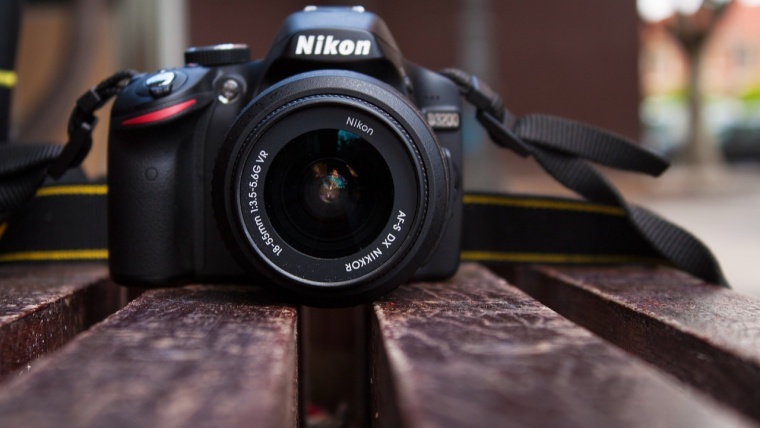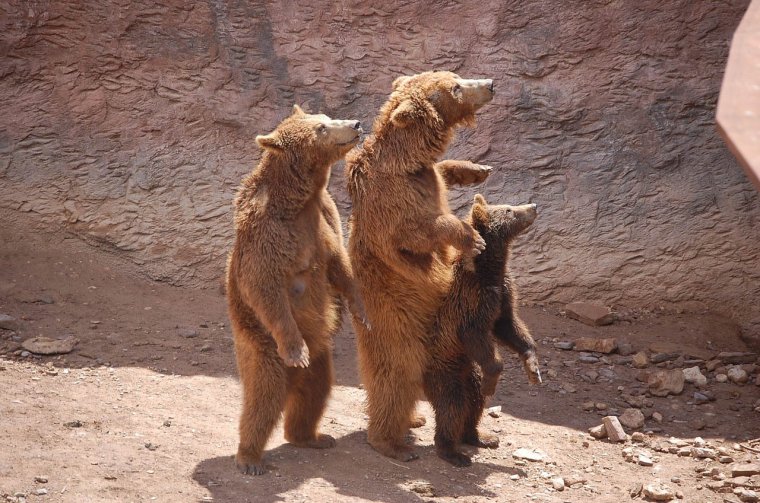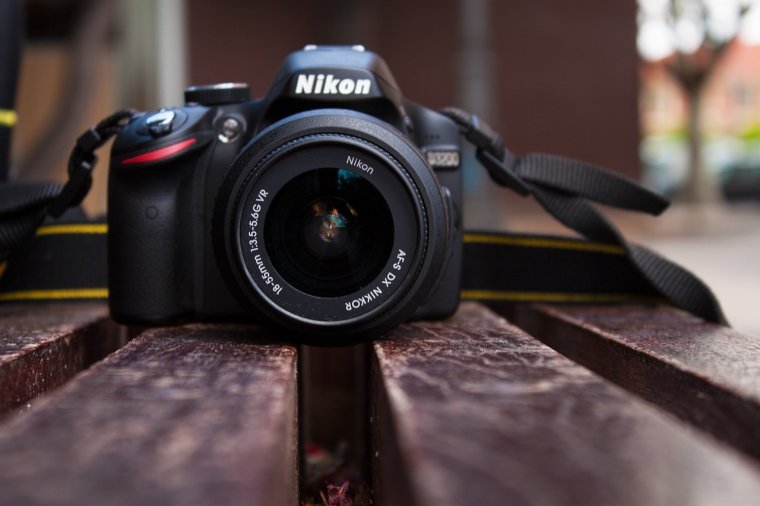
This one’s too big. This one’s too small. This one’s just right. Photographers constantly make compromises in everything we do. Whether it’s choosing an ISO that will allow fast enough shutter speeds without introducing unpleasant noise; setting sharpness to give clarity without a fake look; or simply setting the size of your JPEGs, there’s something gained and something lost in each decision.
Deciding how many megapixels you need is no different. While most of the choices above can be made by simply looking at your image, megapixel counts take a bit of technical knowledge and foresight. Ultimately, your ideal sensor resolution is a matter of choice like any other, but knowing what’s at stake and what options are available can make this important decision much easier. Before we begin, you may find it helpful to read our article on choosing the sensor size that’s right for you, which is a separate issue to consider altogether.

The name of the game is image size versus file size. While there are many other consequences to consider, this balance is the heart of what’s at stake when choosing a megapixel count. More megapixels means higher resolution, but much larger files. But what exactly is necessary when it comes to resolution and what is superfluous? The answer to that question depends on your needs. For example, a good quality physical print is usually 300 dpi (dots per inch), meaning if you wanted to print an image 8 inches wide and 6 inches high, you would need a resolution of 2,400 x 1,800 pixels or 4.32 megapixels. So if you use every pixel of a camera, you only need a 4.32-megapixel camera to make a good quality image of this size. However, if you know your photo will be viewed on the web, where resolution is locked at 72 PPI (pixels per inch), then the same 4.32mp camera could be viewed on a screen that’s 33.3 inches wide by 25 inches high. That’s a pretty big computer screen.
But some high-end cameras have resolutions of 50mp or higher. While this seems completely ridiculous at first, it’s not as crazy as you’d think. Because the number of pixels needed to make a larger print increases exponentially, a 50.3mp image is actually a resolution of 8,688 x 5,792 pixels. That yields a 300 dpi print of 29 inches wide and 19.3 inches high, a lovely size to the frame on a wall. But with an increased print size comes and exponentially increased files size as well. If you’re taking photos in high-quality RAW format (which you usually should), each of these 50.3mp files is up to a whopping 75.5 MB (megabytes) as compared to the 6.5 MB of the 4.32mp camera. To put the high-res file size into perspective, if you spent an afternoon shooting 200 photos, you’d have 15.1 GB (gigabytes) of images. That kind of data builds up fast. Most people never consider the cost and difficulty of storing large files when buying a camera, but it’s definitely important to keep in mind. If you’d like to see what file, print, and web size results from different image resolutions, I’d suggest using this megapixel calculator tool.
Some other considerations to make when picking a resolution size is how this impacts the camera overall. A camera’s megapixel count interacts with its sensor size. More megapixels in a smaller sensor means each individual pixel is smaller and therefore absorbs less light for any given photo. This tradeoff will typically result in a noisier image, though modern camera software goes a long way to resolving this. So if low light performance is important to you, you may want to stick with not only a larger sensor size, but also a lower megapixel count. It may be counterintuitive, but in many cases having fewer megapixels creates better images. There are of course other factors that relate to a camera’s mp stat, such as battery life, price, and ISO range, but the print/web dimensions, file sizes, and low light performance are the most direct results of any given megapixel count.
To wrap things up, we’ll briefly look at three major megapixel groups, discuss their capabilities and limitations, and give some example cameras.
1. Low-Res (Less than 16mp)
Typically, cameras in this range are 12mp, which not too long ago was very impressive. If your photos are only ever going to be seen online, then this is plenty big enough. However, if you want to have decent sized, decent quality prints then you’ll want more than this, but honestly, this is more than enough resolution for most people. Cameras in this category include the full-frame Canon 5D Mark I, the full-frame, mirrorless Sony a7s II, and the iPhone 6s.
12mp camera yields:
 Nikon D3200, 24.2mp2. Medium-Res (16-30mp)
Nikon D3200, 24.2mp2. Medium-Res (16-30mp)
While there are many excellent Micro Four Thirds cameras that have 16mp sensors, the staple size in this segment is 24mp, though 20mp is also common. These offer plenty of detail to meet almost anyone’s needs without going overboard or being too expensive, which is probably why it’s such a popular resolution. Some medium-res cameras include the Sony Alpha a6300, the Canon Rebel T6i, and the Olympus EM-5.
24mp camera yields:
, 42mp © Dongheon Shin
3. High-Res (30-50mp)
These are professional grade. There aren’t too many different cameras sold at this level of resolution, though the ones that offer it are extremely popular. This amount of detail is only necessary for pros who need to make large prints (or sometimes just impress clients) and who have the equipment and know-how to manage large files. Cameras like this include the Canon 5D SR, the Sony a7R II, and the Pentax K-1.
42mp camera yields:
Anything above high-res is considered ultra-high-res and is only available in medium format cameras. That kind of resolving power is only necessary for the rarest of occasions, but it can certainly make for some amazing shots. While these cameras can easily make prints over 3 feet wide, they can also take raw photos over 150 MB in size. Like every other camera decision, the megapixel count you choose is a matter of taste and should be decided based on your individual needs. But if you keep in mind the tradeoffs between maximum image dimensions, files sizes, and the rest of the camera’s performance, you’ll be able to find the resolution that’s just right.
Comments (0)
There are no comments yet.